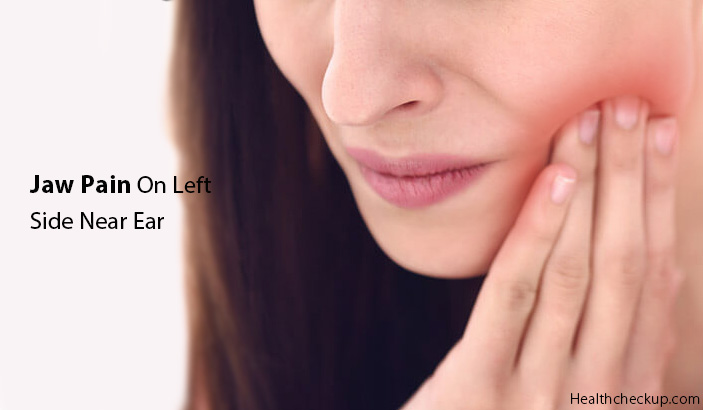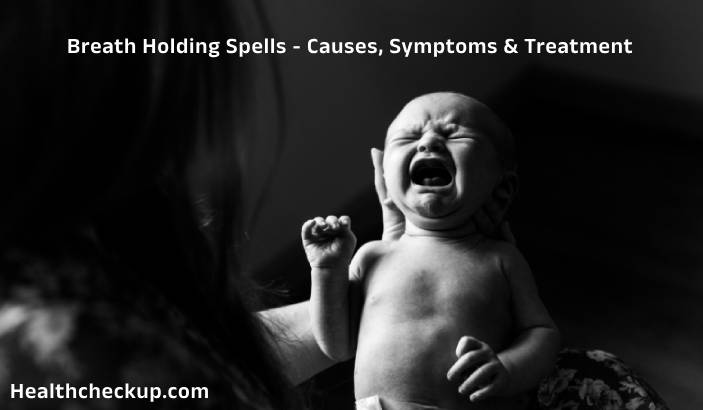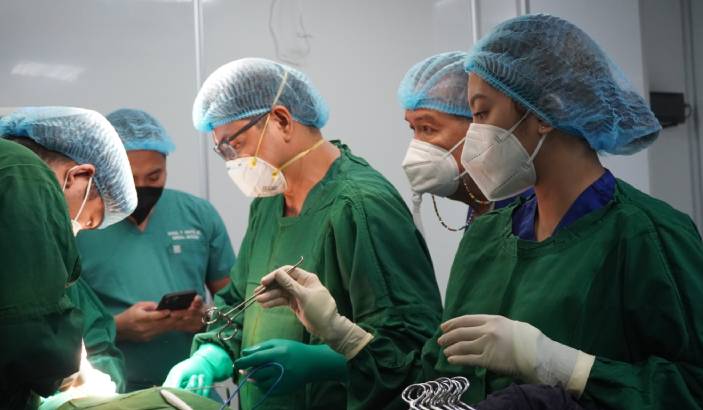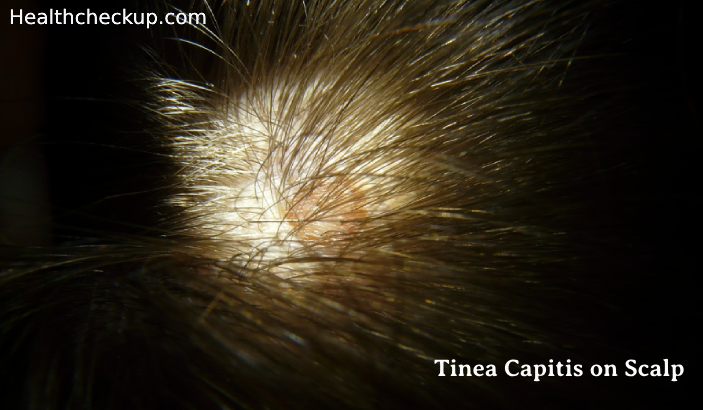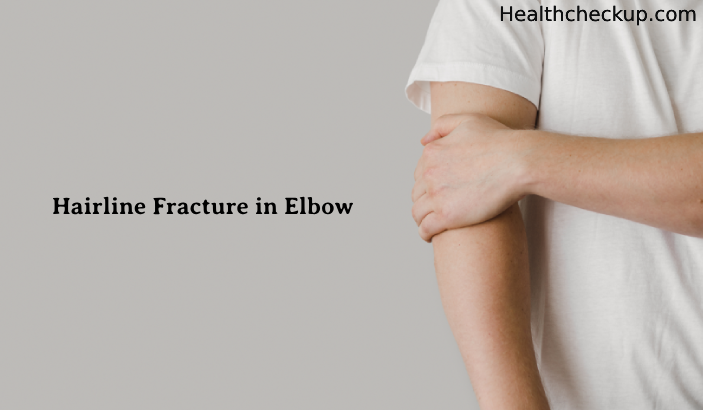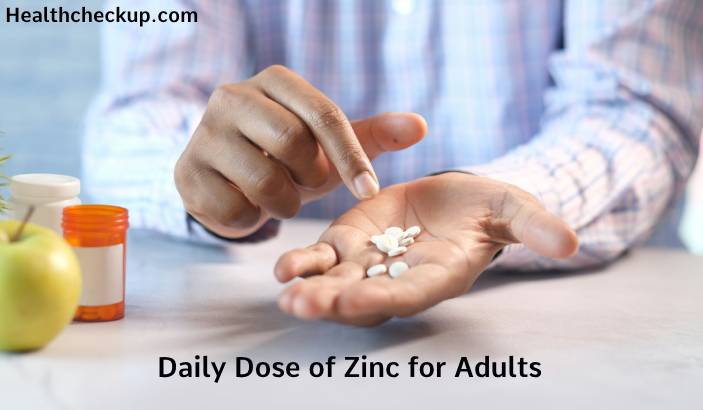Jaw pain on left side near ear can be a very troublesome and disabling symptom because it directly affects your ability to speak and eat food. Jaw pain can occur due to multiple reasons including the jaw itself, the sinuses and teeth.
What does Jaw Pain on Left Side near Ear indicate?
Jaw pain on left side near ear indicate that you may have inured your jaw or there may be some sort of inflammation or infection of the jaw or its surrounding structures.
What Causes Jaw Pain on left Side Near Ear?
Direct injury or trauma to the jaw near the ear can cause severe jaw pain. In this case, the exact cause for pain can be elicited. Trauma or injury to the jaw can also cause the lower jaw (mandible) to be dislocated and fractured.
Other Causes for Jaw Pain on Left Side near The Ear
| Sr. No. |
Cause |
Description |
| 1. | Temporomandibular Joint Disorder
(It is a joint which connects the jaw or the mandible to the side of the skull called the temporal bone) |
It is also called the “TMJ disorders”. It is a group of conditions which affects the temporomandibular joint causing pain and dysfunction of the joint. TMJ disorders can occur as a result of trauma to the jaw or the TMJ. The discomfort due to this disorder is transient and reduces by itself without any treatment. TMJ Disorders Include
Signs and Symptoms of TMJ Disorders Include
|
| 2. | Acute Otitis Media | The eustachian tube is a small tube like structure which connects the sinuses with the middle ear.
Acute Otitis Media Occurs Due To
Signs and Symptoms Include
Acute otitis media is an emergency condition and needs to be treated immediately. |
| 3. | Acute Sinusitis | Our face has paired, hollow air sinuses. These can get inflamed and infected during an acute respiratory infection.
Other causes of sinusitis are old age, exposure to allergens and local irritants, swimming, cigarette smoking, air travel and dental diseases. The Paranasal Sinuses Are
Signs and Symptoms of Acute Sinusitis Signs and symptoms of acute sinusitis will be seen depending on the type of sinus infected
|
| 4. | Temporal Arteritis (Giant Cell Arteritis) |
This condition affects blood vessels of the head. It commonly affects the temporal artery, that is, an artery which provides the blood supply to the part of the brain near the temple of the head.
It is a disease of old-age. The possible mechanism behind the occurrence of this disease is deposition of immune complexes on the affected blood vessel. This, in turn, results in inflammation of the affected artery. Signs and Symptoms Include
|
| 5. | Trigeminal neuralgia | This is an extremely painful condition affecting the trigeminal nerve. The trigeminal nerve has three divisions – ophthalmic, maxillary and Mandibular.
Trigeminal neuralgia is usually one-sided. Signs and Symptoms Include
|
| 6. | Migraine | A migraine is a chronic neurovascular disorder characterized by
Frequency, duration and intensity of a headache vary from person to person and also in the same person at different times. A migraine can be triggered by anything under the sun, including the sun. Headaches can be associated with or without aura. |
| 7. | Cluster Headache | It is a chronic, episodic type of a headache, lasting for more than one year, with or without remission.
Cluster headaches have the following characteristics
|
[Read – Broken Jaw Treatment]
Treatment For Jaw Pain on Left Side Near Ear
Treatment for jaw pain on the left side near ear will depend entirely upon the underlying cause. Based on the list of most common causes for jaw pain mentioned above, the treatment for the conditions is as follows
- Dislocation of mandible
- Temporomandibular Joint Disorder – Conservative management is the choice of treatment in these disorders. Your doctor may advise Non Steroidal Anti Inflammatory Drugs (NSAIDs) or muscle relaxants to ease the symptoms.
Your dentist or doctor may also recommend using a stabilization splint. - Acute Otitis Media – Treatment aims at control of infection, relief from signs and symptoms and prevention of complications.
Your doctor may prescribe you analgesics and antibiotics. Tympanostomy tube placement is the surgical option in chronic and persistent otitis media. - Acute Sinusitis – Your doctor may prescribe antibiotics or anti-inflammatory drugs and nasal decongestants. To avoid recurrent infection, you need to identify the triggering factor.
- Trigeminal Neuralgia – Microvascular decompression may be advised for longer relief from pain. Anticonvulsant medications may also be prescribed.
- Corticosteroid is the treatment of choice in temporal arteritis.
[Read – Annual Ear Checkup Significance]
Home Remedies
Some Self care Remedies Which you can use along with Conventional Medicinal Treatment are
- During periods of pain or discomfort, eat soft foods which are easier to chew and will reduce the workload of your jaw.
- Apply ice packs locally to reduce pain and inflammation. Ice packs help to reduce soreness after trauma to the jaw.
- Local heat application reduces soreness and pain.
- Avoid extreme jaw movements like yawning, singing loudly and chewing gum.
- In case of sinusitis, steam inhalation helps to drain the sinuses and provides relief from a headache and blocked nose.
- Gentle and slow exercises of the jaw will help in maintaining mobility. It prevents stiffness of the jaw.
- Avoid holding the phone between ear and shoulder. This will increase pain and stiffness.
- If you have infected sinuses or inflamed jaw joint, you should consider eating natural anti-inflammatory foods like turmeric milk, ginger and garlic.
- Eating a well balanced diet and exercising regularly will help maintain good immunity and prevent headaches or infections.
Facial pain or jaw pain on left side near the ear may be a feature of more than one condition. It could be mild or a serious disorder causing potential pain. You may want to consult your doctor regarding the causes and appropriate treatment for it if the complaints persist for a longer duration.
Dr. Himanshi is a Homoeopathic consultant and currently working as a lecturer in Post-graduate faculty of Homeopathy, Parul University, Vadodara. Completed BHMS and MD in Homeopathy in January 2018 and also has a clinical experience of about 6 years. Personal interests include reading, spending time with family and traveling.


